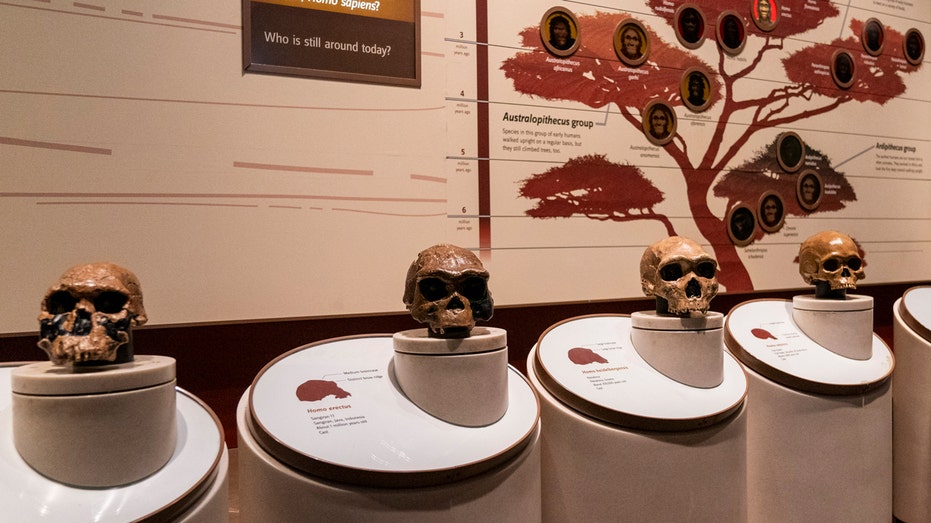Unlocking Humanity’s Voice: The Genetic Roots of Spoken Language

The Origins of Speech: How Genetics Shaped Human Communication
Ever wondered why humans developed the ability to speak? Recent scientific research suggests that genetics played a pivotal role in this remarkable evolutionary leap. The emergence of spoken language not only transformed how humans share information but also became a crucial factor in our survival and dominance over other hominins like Neanderthals and Denisovans.
A Breakthrough Study Linking Genes to Language Development
A groundbreaking study has identified a specific gene associated with the ancient origins of speech. Researchers propose that a unique protein variant present only in modern humans may have enabled us to communicate more effectively in novel ways. This advancement in language facilitated coordination within groups, the transmission of knowledge across generations, and the development of complex societies.
The Significance of Genetic Research in Understanding Speech
According to experts like Liza Finestack from the University of Minnesota, this study marks an important initial step toward pinpointing the exact genes influencing speech and language development. Such insights could eventually lead to improved treatments for speech impairments and communication disorders.
The Role of the NOVA1 Protein in Brain and Speech Evolution
The gene in focus encodes a protein called NOVA1, which plays a vital role in brain development. Dr. Robert Darnell, a leading researcher in this field, explains that NOVA1 is part of the genetic makeup that contributed to Homo sapiens becoming the dominant species on Earth.
Innovative Use of Gene Editing Techniques
To explore the effects of this gene variant, scientists at Rockefeller University employed CRISPR technology to alter the NOVA1 gene in mice, replacing it with the human-specific version. The results were striking: the vocalizations of these mice changed significantly. Baby mice with the human variant squeaked differently when their mother approached, and adult males emitted distinct chirps when encountering potential mates.
This demonstrates that the NOVA1 variant influences vocal behavior, providing valuable clues about how our ancestors might have developed complex speech patterns.
Previous Genetic Links to Language Disorders
It’s not the first time scientists have connected genes to speech capabilities. In 2001, researchers identified the FOXP2 gene as linked to language and speech disorders, earning it the nickname “the human language gene.” However, further studies revealed that the FOXP2 variant is not unique to modern humans, as Neanderthals shared it too. In contrast, the NOVA1 variant appears to be exclusive to Homo sapiens, emphasizing its potential importance in our linguistic evolution.
Beyond Genetics: Anatomy and Brain Function
While genetic factors like NOVA1 are crucial, speech production also depends on physical features such as the structure of the human throat and specialized brain regions that work together seamlessly. These anatomical and neurological components are essential for the full capacity for language.
Future Implications and Potential Applications
Researchers like Dr. Darnell hope that uncovering these genetic factors will deepen our understanding of human origins and evolution. Additionally, this knowledge could pave the way for innovative approaches to diagnosing and treating speech and language disorders early in life.
Finestack from the University of Minnesota notes that someday, genetic screening might help identify children who are at risk of developing speech delays, allowing for timely intervention and support.




